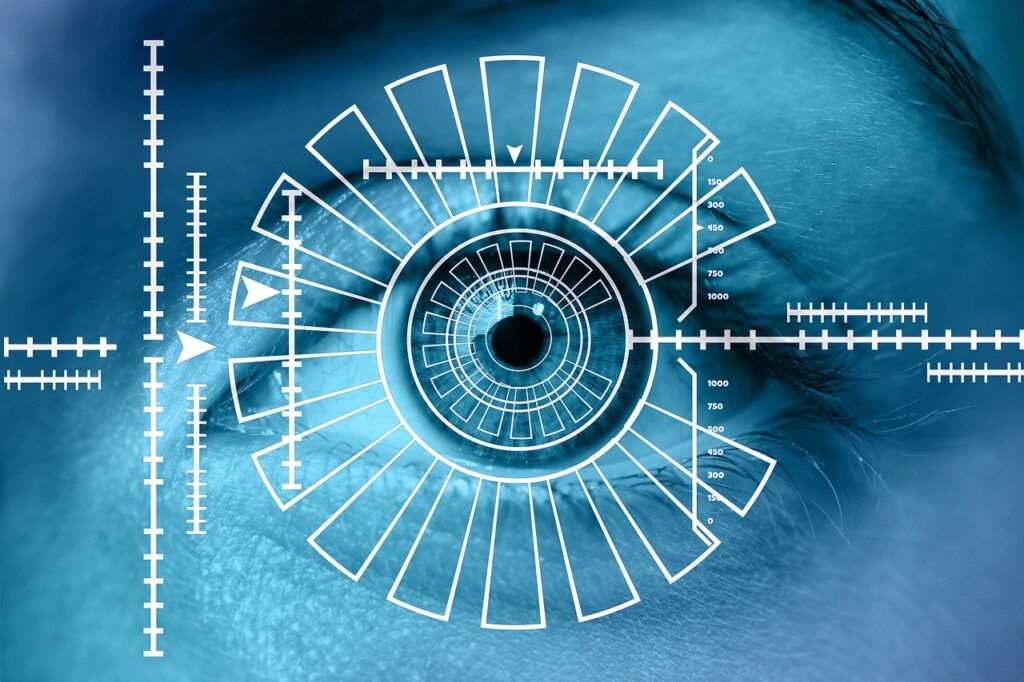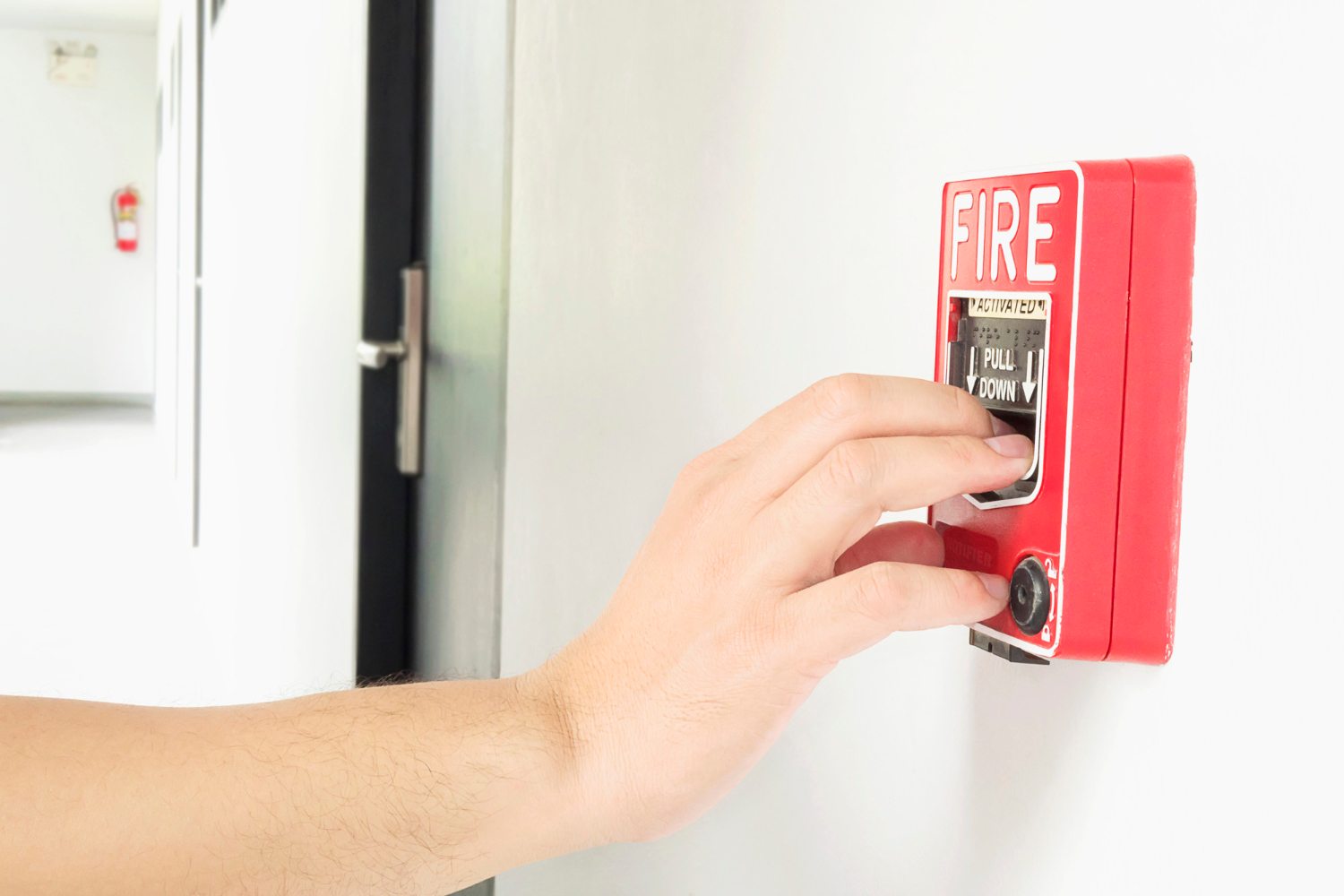In the modern world, security is a top priority for businesses, institutions, and even residential buildings. Among the various security measures available, biometric access control systems stand out for their reliability and convenience. These systems use unique biological traits, such as fingerprints, facial recognition, and iris scans, to grant access, ensuring that only authorised individuals can enter secure areas. In this post, we will compare some of the best biometric access control systems to help you make an informed decision about which one is right for your needs.

Fingerprint Recognition Systems
Fingerprint recognition is one of the most commonly used biometric technologies due to its accuracy and affordability. These systems scan the unique patterns on an individual’s fingertip to verify their identity.
Advantages of Fingerprint Recognition:
Fingerprint recognition systems are generally fast and accurate, making them suitable for environments with high traffic. They are relatively easy to install and maintain, and the technology is mature, with a wide range of devices available on the market.
Leading Fingerprint Systems:
- Hikvision DS-K1T804EF: This system is known for its high-speed recognition and robust security features. It supports up to 3,000 fingerprints and is ideal for medium to large enterprises.
- ZKTeco K40: A budget-friendly option that offers reliable performance and basic access control features. It is suitable for small offices and residential buildings.
Facial Recognition Systems
Facial recognition systems have gained popularity for their non-intrusive and convenient user experience. These systems capture and analyse various facial features to authenticate users.
Advantages of Facial Recognition:
Facial recognition systems are contactless, which enhances hygiene and convenience. They are highly versatile and can be used in various environments, from offices to airports. The technology is also resistant to spoofing attempts, providing an added layer of security.
Leading Facial Recognition Systems:
- FaceLite: Developed by Suprema, this system offers fast and accurate facial recognition, even in challenging lighting conditions. It supports up to 30,000 users and integrates seamlessly with other security systems.
- Dahua DHI-ASI7213X: This system combines facial recognition with temperature screening, making it an excellent choice for ensuring both security and health safety in public spaces.
Iris Recognition Systems
Iris recognition is one of the most secure biometric technologies, using the unique patterns in the coloured part of the eye to verify identity.
Advantages of Iris Recognition:
Iris recognition systems offer unparalleled accuracy and are extremely difficult to spoof. They are contactless and can authenticate users from a distance, making them ideal for high-security environments.
Leading Iris Recognition Systems:
- IriShield-USB: This system by IriTech offers high accuracy and fast recognition times. It is portable and can be used in a variety of applications, from government buildings to healthcare facilities.
- EyeLock Nano NXT: Known for its compact design and robust security features, this system is suitable for both commercial and residential use. It supports multi-factor authentication and can be integrated with other access control systems.
Multi-Modal Biometric Systems
Multi-modal biometric systems combine two or more biometric technologies to enhance security and accuracy. These systems are ideal for environments that require the highest level of security.
Advantages of Multi-Modal Systems:
By combining multiple biometric modalities, these systems significantly reduce the chances of false positives and false negatives. They offer enhanced security by requiring multiple forms of biometric verification, making them suitable for high-security applications.
Leading Multi-Modal Systems:
- BioID: This system combines facial and voice recognition to provide robust multi-factor authentication. It is cloud-based, making it easy to deploy and manage across multiple locations.
- MorphoWave Compact: Developed by IDEMIA, this system uses fingerprint and palm vein recognition to ensure high accuracy and security. It is ideal for high-traffic areas such as corporate offices and government buildings.
Choosing the Best Biometric Access Control System
When selecting the best biometric access control system for your needs, consider the following factors:
Security Requirements
Assess the security level required for your facility. High-security environments, such as government buildings and research labs, may benefit from multi-modal systems, while small offices might find fingerprint or facial recognition sufficient.
User Convenience
Consider the user experience and convenience. Contactless systems, like facial and iris recognition, are more hygienic and user-friendly, especially in high-traffic areas.
Integration and Scalability
Ensure the system can integrate with your existing security infrastructure and has the scalability to grow with your organisation. Systems that support multiple users and can be easily expanded are ideal for growing businesses.
Cost
Evaluate the cost of the system, including installation, maintenance, and any additional features. While high-end systems offer advanced security, they may come with higher upfront costs.
Implementing Biometric Access Control Systems
The implementation of biometric access control systems involves several steps to ensure they operate effectively and meet your security needs.
Steps for Implementation:
- Assessment and Planning: Conduct a thorough assessment of your security needs and plan the deployment of the system accordingly. Identify critical access points and determine the most suitable biometric technology.
- Installation: Work with professional installers to ensure the system is set up correctly. Proper installation is crucial for the effectiveness and reliability of biometric systems.
- User Enrollment: Enroll users into the system by capturing their biometric data. Ensure the enrollment process is user-friendly and secure to prevent any potential breaches.
- Training and Education: Provide training for users and security personnel on how to use the new system effectively. Educate them on the importance of biometric security and how to troubleshoot common issues.
- Maintenance and Updates: Regularly maintain and update the system to ensure it continues to operate at peak performance. This includes software updates, hardware checks, and re-enrollment of users if necessary.
Investing in the Future of Security
Biometric access control systems represent the future of security, offering unparalleled accuracy, convenience, and protection. By understanding the different technologies available and selecting the right system for your needs, you can significantly enhance the security of your facility.
At Amax Fire and Security, we specialise in providing cutting-edge biometric access control systems tailored to your specific requirements. Explore our range of solutions and take the next step towards a more secure and efficient access control system for your organisation.



